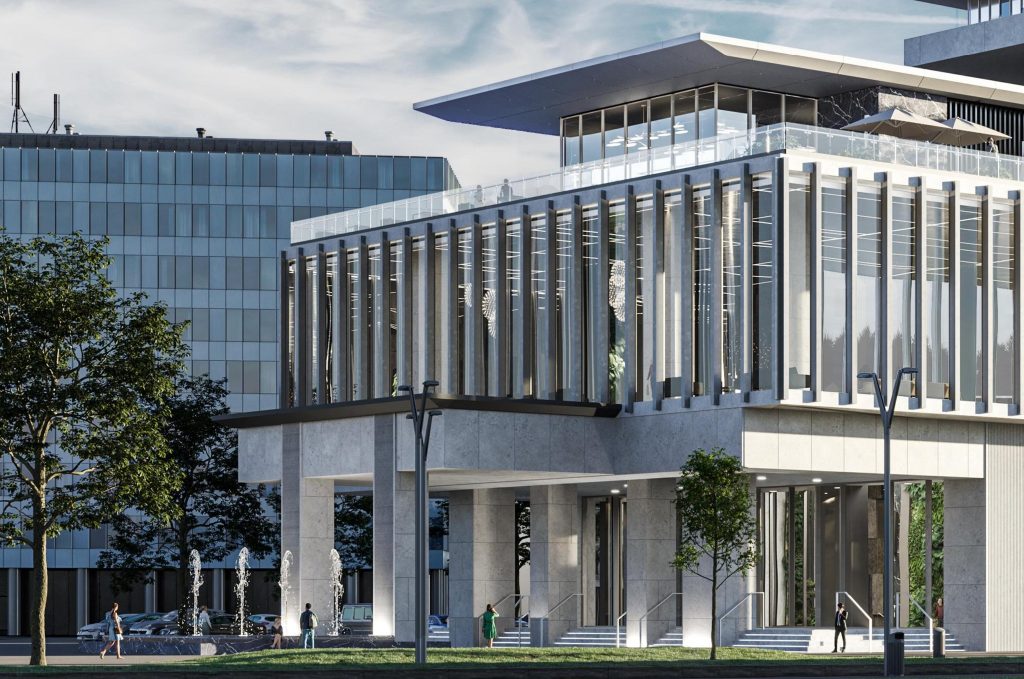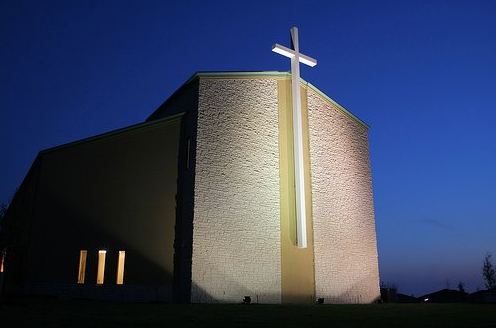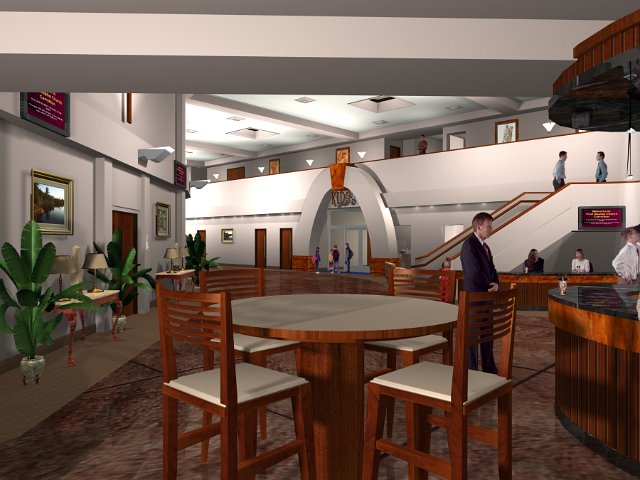Introduction
In today’s fast-paced business world, the physical environment of the workplace plays a pivotal role in shaping employee experiences, influencing productivity, and fostering morale. Creative office designs go beyond aesthetics; they strategically blend functionality, innovation, and comfort to create spaces that inspire employees to perform at their best. This blog explores how thoughtful office design can have a transformative impact on employee productivity and morale.
The Connection Between Office Design and Employee Well-being
A well-designed office directly contributes to employee well-being, which in turn affects productivity and morale. Workspaces that prioritize natural light, proper ventilation, and ergonomic furniture help employees stay energized and reduce physical strain.
Studies have shown that employees who work in environments with ample daylight report better sleep, mood, and overall health. When employees feel comfortable and valued in their workspace, they are more likely to be engaged, focused, and motivated.
Encouraging Collaboration Through Open and Flexible Layouts
Creative office designs often incorporate open layouts and flexible workspaces to promote collaboration. Breaking down physical barriers such as cubicles and walls fosters a sense of community and teamwork. Open workstations encourage spontaneous interactions, which often lead to innovative ideas. Flexible furniture that can be rearranged to meet varying needs enhances both individual and group productivity.
Collaboration zones, equipped with comfortable seating and tools like whiteboards, provide dedicated spaces for brainstorming and teamwork. When employees feel connected and part of a team, their morale soars, leading to better overall performance.
Boosting Creativity with Inspiring Decor
An uninspiring office can lead to stagnant ideas and disengaged employees. On the other hand, creative design elements like vibrant colors, artwork, and themed spaces can spark imagination and innovation. Bright colors, such as yellow and orange, stimulate creativity, while blues and greens promote calmness and focus.
Incorporating nature-inspired design elements, such as indoor plants or natural textures, reduces stress and enhances cognitive function. Custom branding through wall murals or graphics reflecting the company’s values helps employees feel aligned with organizational goals. A visually engaging office environment motivates employees to tackle challenges with renewed enthusiasm.
The Role of Ergonomics in Enhancing Productivity
Ergonomic office designs prioritize the physical comfort of employees, minimizing strain and fatigue. Adjustable chairs and desks accommodate different body types and preferences, ensuring optimal posture. Tools like dual monitors and standing desks cater to various work styles, improving efficiency.
Even small additions like anti-fatigue mats and footrests can make a big difference for employees who stand or sit for extended periods. Investing in ergonomic design not only boosts productivity but also demonstrates a commitment to employee health and well-being.
Private Spaces for Focus and Recharge
While collaboration is essential, employees also need quiet spaces to concentrate on deep work or recharge. Creative office designs balance open areas with secluded zones to cater to different work styles.
Focus pods, equipped with soundproofing and essential work tools, allow employees to work without distractions. Breakout rooms, designed for relaxation, offer comfortable seating and calming elements like dim lighting. Meditation and wellness rooms provide spaces for mindfulness activities or quick naps, helping employees rejuvenate and improve their overall morale.
Technology Integration for Smarter Workspaces
Modern office designs seamlessly integrate technology to enhance productivity. Smart workspaces equipped with the latest tools allow employees to work efficiently and stay connected. High-speed internet and reliable Wi-Fi ensure smooth communication and uninterrupted workflows.
Interactive screens and smartboards are ideal for collaborative sessions and presentations. Mobile charging stations strategically placed throughout the office help employees stay powered up throughout the day. When technology aligns with the office layout, employees can focus on their tasks without unnecessary disruptions, boosting productivity and morale.
Sustainability and Its Impact on Employee Morale
Sustainable office designs not only benefit the environment but also appeal to employees who value eco-conscious practices. Knowing their workplace prioritizes sustainability can instill a sense of pride and purpose among employees.
Energy-efficient lighting, such as LED systems, reduces energy consumption and creates a pleasant ambiance. Using recycled materials for furniture and decor demonstrates a commitment to sustainability. Waste reduction systems, like recycling stations, foster a culture of responsibility. A green workspace resonates with employees who share similar values, enhancing their morale and loyalty to the organization.
Personalization for a Sense of Ownership
Allowing employees to personalize their workspaces creates a sense of ownership and pride. Displaying family photos, adding desk plants, or choosing accessories helps employees feel more connected to their environment.
Creative office designs that encourage individuality foster a positive work culture. Employees feel valued and motivated to contribute their best when they have the freedom to personalize their surroundings.
Cost-Effective Strategies for Creative Office Design
Transforming an office doesn’t have to break the bank. Businesses can implement cost-effective design strategies to achieve remarkable results. Repurposing existing furniture and refurbishing instead of buying new pieces can save money while refreshing the space. Adding personal touches, like employee-created artwork, can make the office unique and engaging.
Maximizing natural light by rearranging layouts to utilize sunlight effectively reduces reliance on artificial lighting and improves the ambiance. Even small changes can significantly boost employee satisfaction and productivity.
Measuring the Impact of Office Design on Productivity and Morale
To ensure the success of creative office designs, businesses should track their impact through measurable outcomes. Employee feedback gathered through regular surveys, can gauge satisfaction with the workspace. Monitoring performance metrics before and after redesigns helps determine productivity improvements.
Retention rates can also indicate whether improved work environments contribute to lower turnover. Analyzing these metrics helps organizations refine their office designs to better meet employee needs.
Conclusion
Creative office designs are more than a trend—they’re a strategic investment in your workforce. By creating spaces that prioritize collaboration, comfort, and inspiration, businesses can unlock higher levels of productivity and morale. Whether you’re planning a complete office overhaul or small design tweaks, focusing on the needs and preferences of your employees will yield long-term benefits for both them and the organization.
Transform your workplace into a hub of creativity and efficiency—your employees and your bottom line will thank you.







